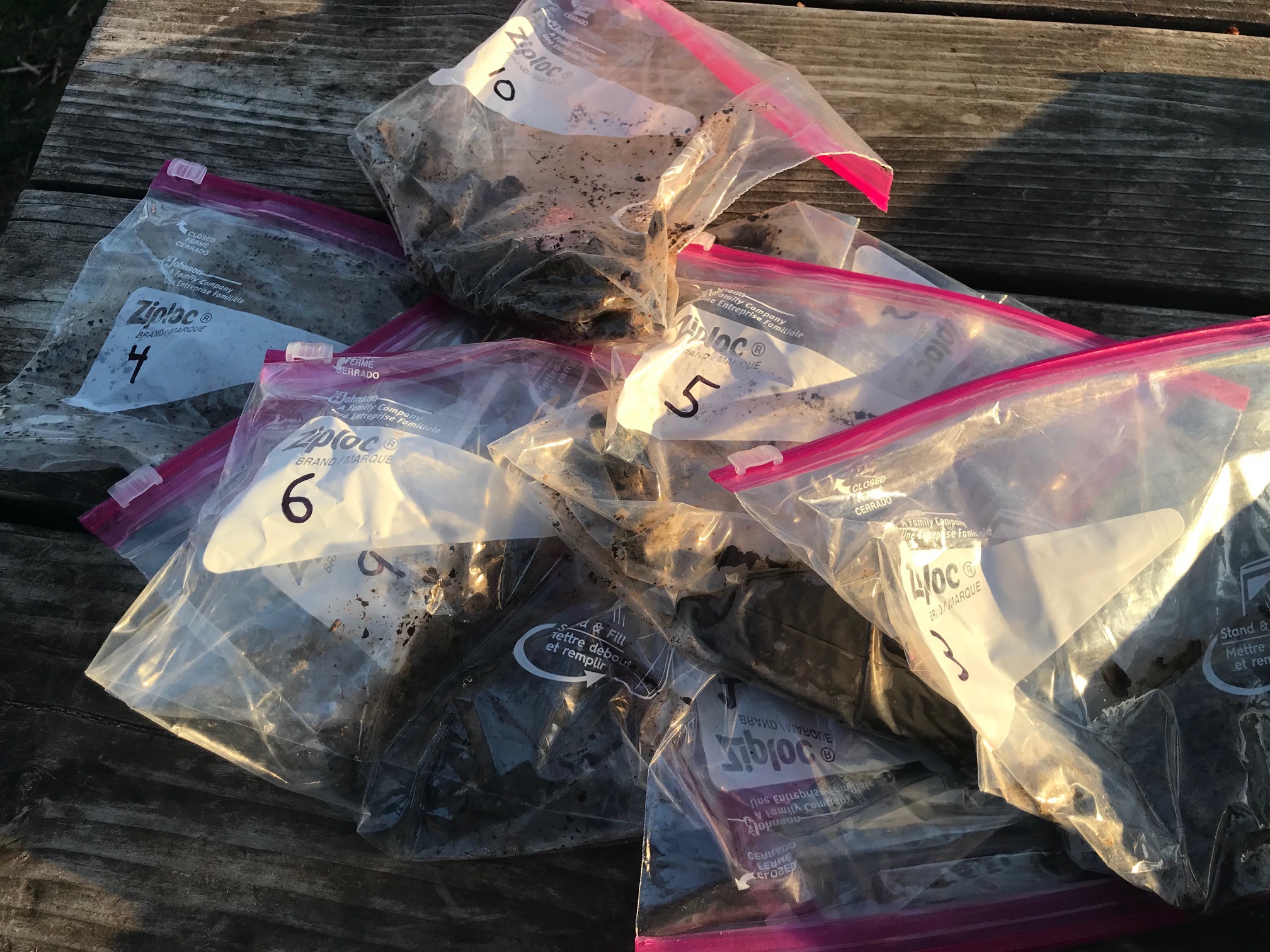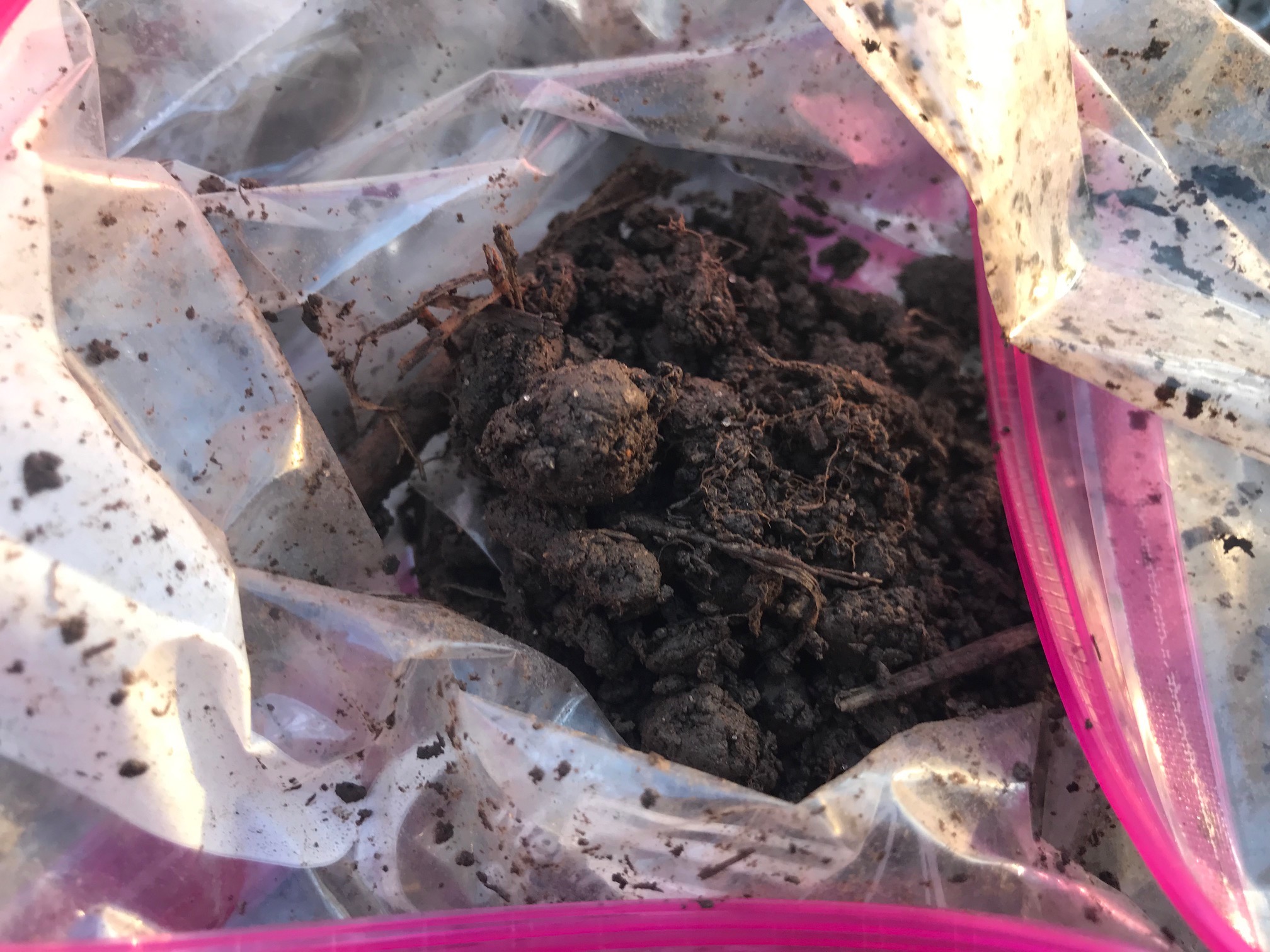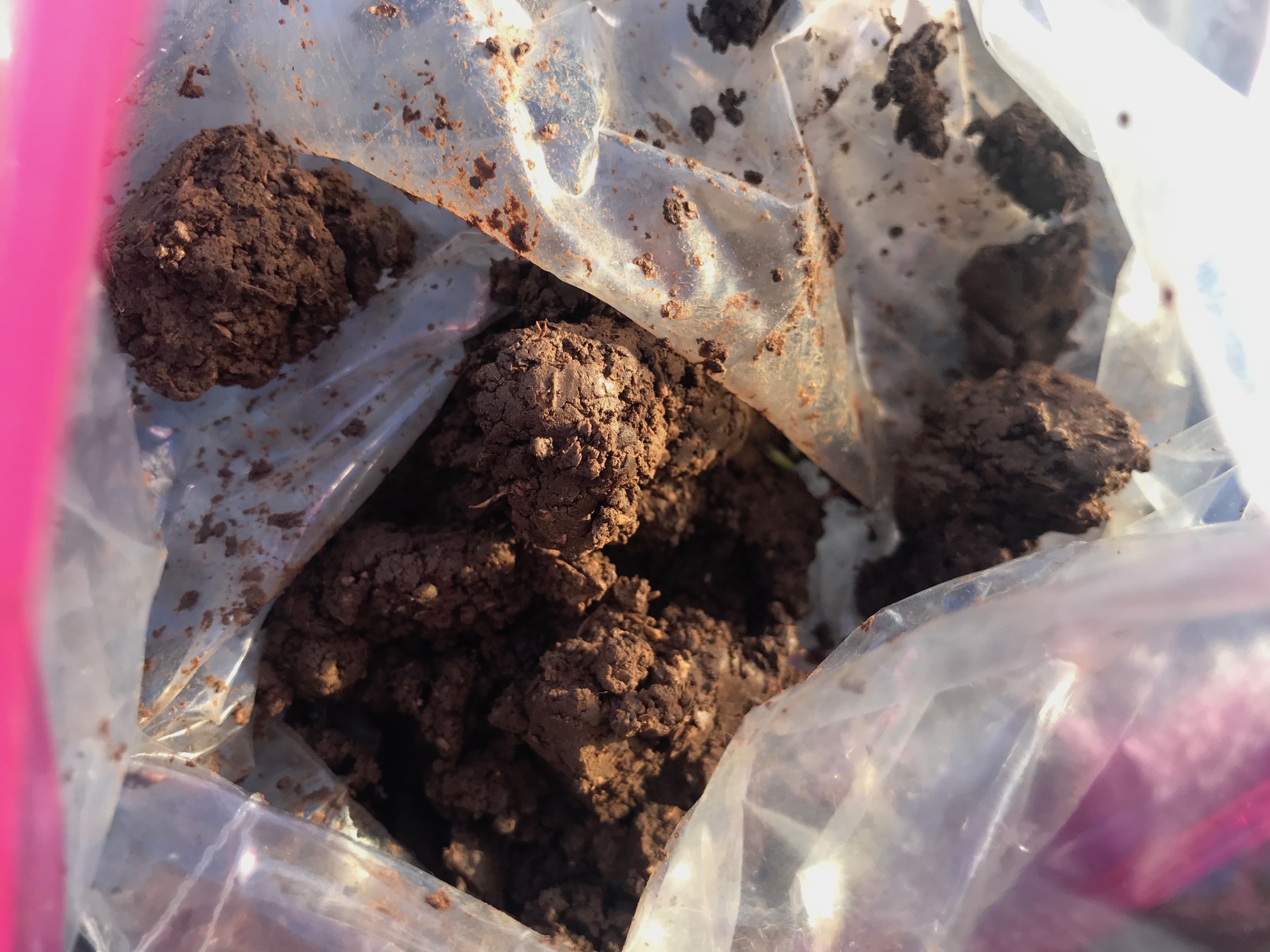Missouri State Soil Samples, Child’s School Project: High of 341 ppm Lead

For those new to the Lead Safe Mama website:
Tamara Rubin is a multiple-federal-award-winning independent advocate for childhood Lead poisoning prevention and consumer goods safety, and a documentary filmmaker. She is also a mother of Lead-poisoned children (two of her four sons were acutely Lead-poisoned in 2005).
- Tamara owns and runs Lead Safe Mama, LLC — a unique community collaborative woman-owned small business for childhood Lead poisoning prevention and consumer goods safety.
- Since July of 2022, the work of Lead Safe Mama, LLC has been responsible for six product recalls (FDA and CPSC).
- All test results reported on this website are science-based, accurate, and replicable.
- Please check out our press page to see some of the amazing coverage of our work so far this year!
These are soil samples sent to me by a 9-year-old boy for his school report. He decided he wanted to test soil near him (specifically around his school) for Lead for a science project. For context (and a better understanding of what the Lead levels mean), please read this article.
Click here to see the instructions we’ve published about sending in soil samples — these are the instructions the child followed.
Concerning soil samples are the soil samples with readings over 80 ppm Lead, especially if those readings are over 100 ppm Lead. Interesting to note that several of the samples this child sent me were negative for Lead (non-detect, to levels below the limits of detection of the XRF instrument I use, which detects down to the single digits parts per million).
Each test was completed for a minimum of 60 seconds and was repeated at least once to confirm the results of the sample were similar.
In this set of 10 samples provided by this child, the following samples tested at levels I would consider concerning:
- Sample #4
- Sample #5
- Sample #6
To learn more about XRF testing, click here.
One factor that could possibly skew the results to lower than might be accurate for the actual levels for these samples is the moisture content in the samples (which could dilute the readings a bit as it changes the density of the material and many of the samples felt more clay-like than what one might expect for soil). The samples were wet because, as I understand it, the child needed to collect them during winter (last month) and there was still snow on the ground when he sent them to me.
In support of the above consideration (moisture content of the samples), the soil sample with the least moisture (the driest of the samples) was #4, which also had the highest Lead level. Below is a picture of Sample #4. At the bottom of the page is a sample that is consistent with the other samples, which were more clay-like.

Here are all the samples test results in numerical order, based on the numbers the child put on each of the baggies sent to me. (I don’t know what each of the numbers corresponds to but I would be very interested in finding out more about that!)
Sample #1: 60-second test
- Barium (Ba): 84 +/- 41 ppm
- Bromine (Br): 5 +/- 2 ppm
- Zinc (Zn): 69 +/- 18 ppm
- Iron (Fe): 23,100 +/- 700 ppm
- Vanadium (V): 165 +/- 35 pm
- Titanium (Ti): 1,652 +/- 101 ppm
- Manganese (Mn): 408 +/- 178 ppm
Sample #2: 60-second test
- Barium (Ba): 114 +/- 41 ppm
- Zinc (Zn): 83 +/- 19 ppm
- Iron (Fe): 22,400 +/- 700 ppm
- Bismuth (Bi): 21 +/- 9 ppm
- Vanadium (V): 222 +/- 35 pm
- Titanium (Ti): 1,855 +/- 102 ppm
Sample #3: 60-second test
- Zinc (Zn): 56 +/- 16 ppm
- Iron (Fe): 13,600 +/- 500 ppm
- Vanadium (V): 142 +/- 31 pm
- Titanium (Ti): 1,056 +/- 78 ppm
- Manganese (Mn): 525 +/- 181 ppm
Sample #4: 60-second test
- Lead (Pb): 341 +/- 23 r
- Antimony (Sb): 33 +/- 16 ppm
- Zinc (Zn): 152 +/- 25 ppm
- Iron (Fe): 22,000 +/- 700 ppm
- Vanadium (V): 157 +/- 42 pm
- Titanium (Ti): 3,328 +/- 162 ppm
- Indium (In): 21 +/- 10 ppm
Sample #5: 60-second test
- Lead (Pb): 141 +/- 17 ppm
- Barium (Ba): 102 +/- 45 ppm
- Zinc (Zn): 113 +/- 23 ppm
- Iron (Fe): 23,800 +/- 800 ppm
- Vanadium (V): 222 +/- 42 pm
- Titanium (Ti): 2,134 +/- 125 ppm
Sample #6: 60-second test
- Lead (Pb): 108 +/- 14 ppm
- Bromine (Br): 7 +/- 2 ppm
- Zinc (Zn): 72 +/- 18 ppm
- Iron (Fe): 17,500 +/- 600 ppm
- Vanadium (V): 171 +/- 33 pm
- Titanium (Ti): 1,381 +/- 90 ppm
Sample #7: 60-second test
- Barium (Ba): 177 +/- 43 ppm
- Zinc (Zn): 72 +/- 19 ppm
- Iron (Fe): 23,000 +/- 700 ppm
- Vanadium (V): 200 +/- 37 pm
- Titanium (Ti): 2,024 +/- 113 ppm
Sample #9: 60-second test
- Lead (Pb): 27 +/- 10 ppm
- Zinc (Zn): 73 +/- 18 ppm
- Iron (Fe): 19,900 +/- 600 ppm
- Vanadium (V): 181 +/- 35 pm
- Titanium (Ti): 1,712 +/- 102 ppm
- Silver (Ag): 10 +/- 5 ppm
Sample #10: 60-second test
- Lead (Pb): 19 +/- 10 ppm
- Barium (Ba): 116 +/- 42 ppm
- Zinc (Zn): 78 +/- 19 ppm
- Iron (Fe): 26,400 +/- 800 ppm
- Vanadium (V): 174 +/- 41 pm
- Titanium (Ti): 1,588 +/- 112 ppm
- Manganese (Mn): 452 +/- 180 ppm
As always, please let me know if you have any questions. I really enjoy helping children with their science projects. If you are interested in having me help your kiddo or your kiddo’s class with a similar project (where they send in samples from around their school or community to test for Lead), please send me an e-mail (TamaraRubin@mac.com). I am happy to volunteer the time to support new scientific inquiries orchestrated by our younger citizens!
Thank you for reading and sharing this work.
Tamara Rubin
#LeadSafeMama
Never Miss an Important Article Again!
Join our Email List






